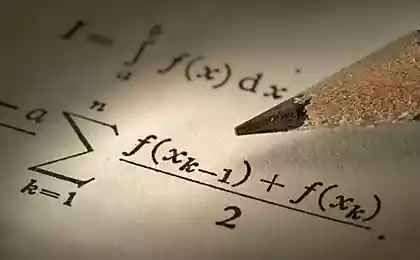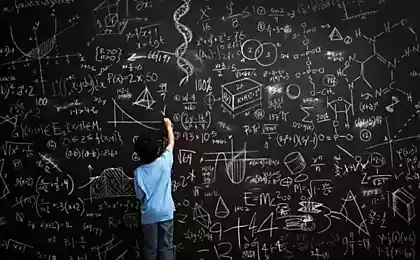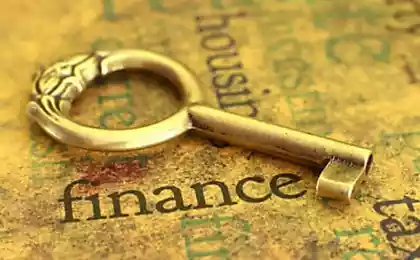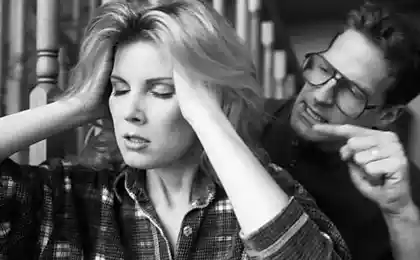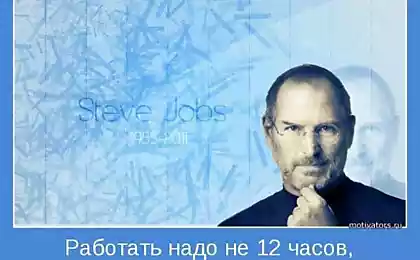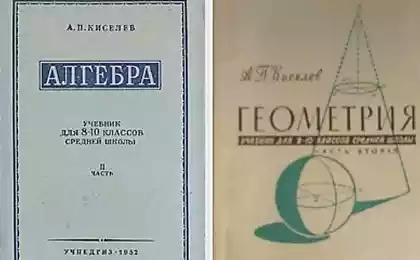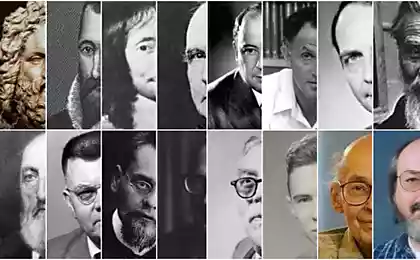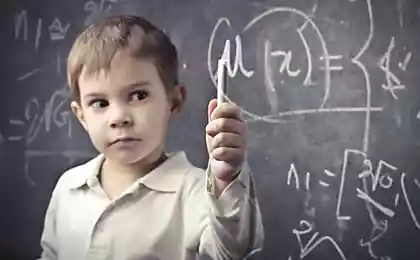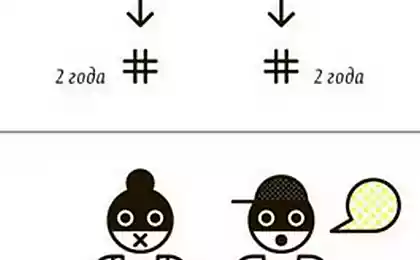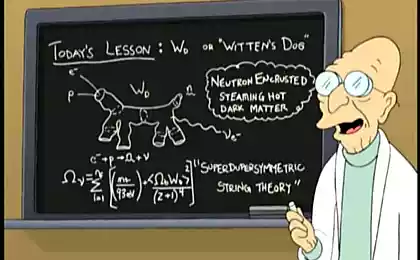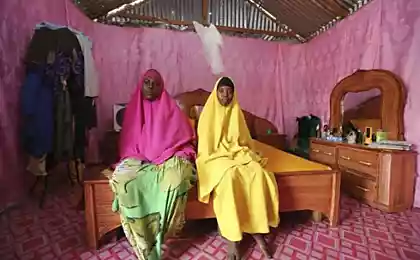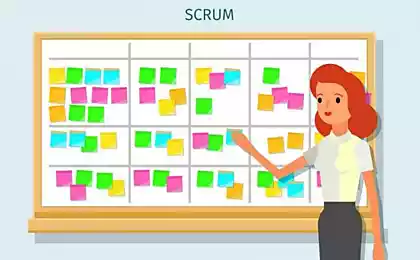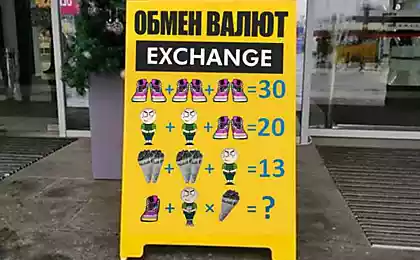219
The farmer and horse task for those who want to achieve financial well-being
Often adults are inferior to children in ingenuity and resourcefulness. Editorial "Site" I was once again convinced of this, trying to solve children's problems in mathematics. Some of the tasks listed below have, frankly, left us stumped. Can you do it?

Children's problems in mathematics
Answers.
This is, as they say, the asterisk problem. And the brain to solve it will have to strain seriously. If each letter is a separate number, then consider what gives us addition by digits.
It is easy to see that in our example O + T , T + O. How can that be? Only if O + T > 9. In this case, O + T = K + 10. It is also likely that T + O + 1 = 10 + O. Given that the addition of two three-digit numbers results in a three-digit number, we can assume within what limits K and T lie.
In other words, K + K + 1 = T ≤ 9. Two conclusions can be drawn from this. First: 1 <= K <= 4. And the second: 2 <= T <= 9. Now let us try to find the value of T. Suppose that T = 9, then O could be 2, but if it is 2, then K = 1. Even taking into account the unit 9 passing from the previous ranks, it does not work, therefore, K must be at least 4. Then T = 9; K = 4; O = 5 (14 - 9). Check: 495 + 459 = 954.
The glass problem.
The first impulse is to move the glasses. But there are no spots, and moving glasses is forbidden. And the solution is simple and elegant: one glass is allowed to touch, so take the second glass on the left and pour water from it into the second right. As a result, full glasses alternate with empty ones, which was required.

Peels
Not so long ago, a real stir on the Internet caused a simple example: 8 / 2 (2 + 2) =? Some users claim that in the end it should be sixteen. Others consider the correct answer to be one. They both make their case. But which one is right?

Children's problems in mathematics
- Did a farmer make money selling a horse?
One farmer bought a horse for $60 and sold it for $70. He later bought the same horse back for $80. Later, he sold it again for $90.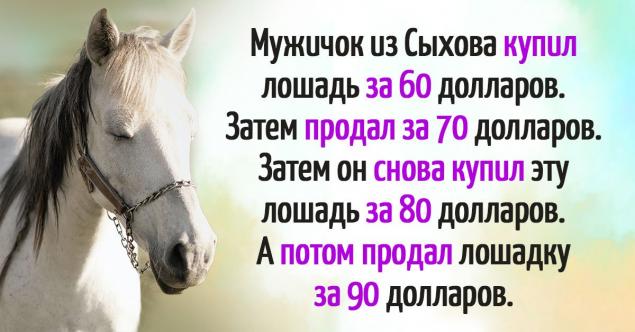
It is necessary to determine whether the farmer earned, lost or stayed with his. If you earned or lost, how much? At first glance, the task is childish, but the condition is formulated in such a way that it can confuse the adult. - Numerical puzzle
Who doesn’t like to solve puzzles? As a rule, the words in them are encrypted using pictures and different symbols. And in numerical puzzles, on the contrary, numbers are replaced by letters. At the same time, the solution of such a puzzle is completely built on logical reasoning and requires remarkable efforts.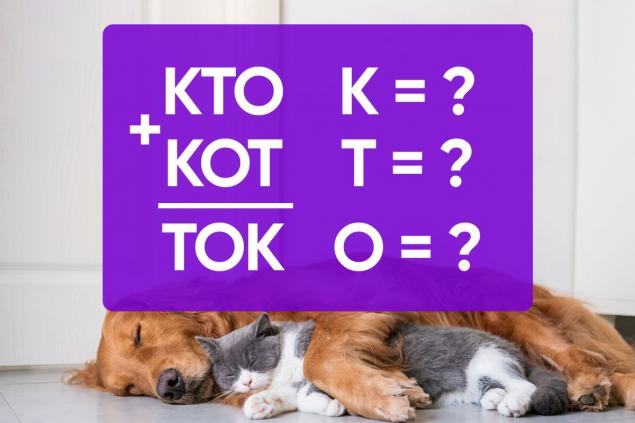
- The glass problem.
Imagine that there are 6 glasses on the table in a row. The first three are filled with water and the last three are empty.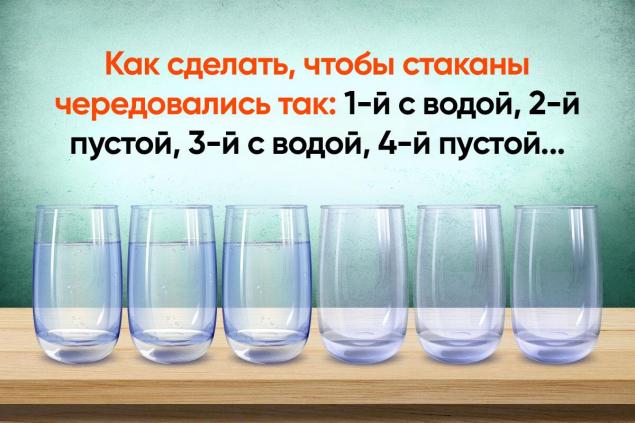
You need to make the glasses alternate as follows: 1st with water, 2nd empty, 3rd with water, 4th empty, and so on. At the same time, you can touch only one glass, and you can not move the glasses at all. How to make an alternation of full and empty glasses?
Answers.
- Did a farmer make money selling a horse?
There is a temptation to link the first deal with the second. If you buy for 80 what you sold for 70, you lose 10 dollars. But in fact, these deals have nothing to do with each other. The scheme looks like this: money -> goods -> money. In the first case, the farmer earned $10 and in the same way earned $10 in the second. It doesn’t matter if you bought the same horse a second time or another. Thus, In the end, the farmer earned 10 + 10 = 20 dollars..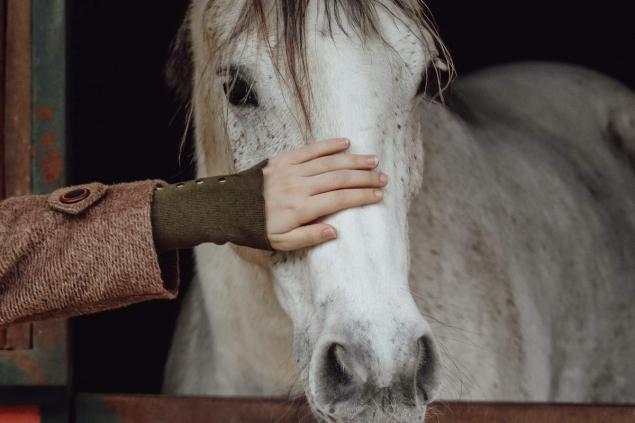
Peels
This is, as they say, the asterisk problem. And the brain to solve it will have to strain seriously. If each letter is a separate number, then consider what gives us addition by digits.

It is easy to see that in our example O + T , T + O. How can that be? Only if O + T > 9. In this case, O + T = K + 10. It is also likely that T + O + 1 = 10 + O. Given that the addition of two three-digit numbers results in a three-digit number, we can assume within what limits K and T lie.
In other words, K + K + 1 = T ≤ 9. Two conclusions can be drawn from this. First: 1 <= K <= 4. And the second: 2 <= T <= 9. Now let us try to find the value of T. Suppose that T = 9, then O could be 2, but if it is 2, then K = 1. Even taking into account the unit 9 passing from the previous ranks, it does not work, therefore, K must be at least 4. Then T = 9; K = 4; O = 5 (14 - 9). Check: 495 + 459 = 954.
The glass problem.
The first impulse is to move the glasses. But there are no spots, and moving glasses is forbidden. And the solution is simple and elegant: one glass is allowed to touch, so take the second glass on the left and pour water from it into the second right. As a result, full glasses alternate with empty ones, which was required.

Peels
Not so long ago, a real stir on the Internet caused a simple example: 8 / 2 (2 + 2) =? Some users claim that in the end it should be sixteen. Others consider the correct answer to be one. They both make their case. But which one is right?
Why Freeze May Nettle: The Green Treasure in the Freezer
What Maxim Galkin lost along with the castle in Russia, which was taken from him




